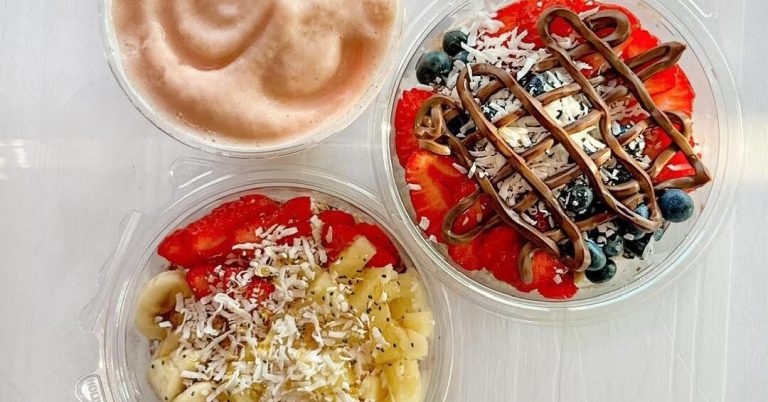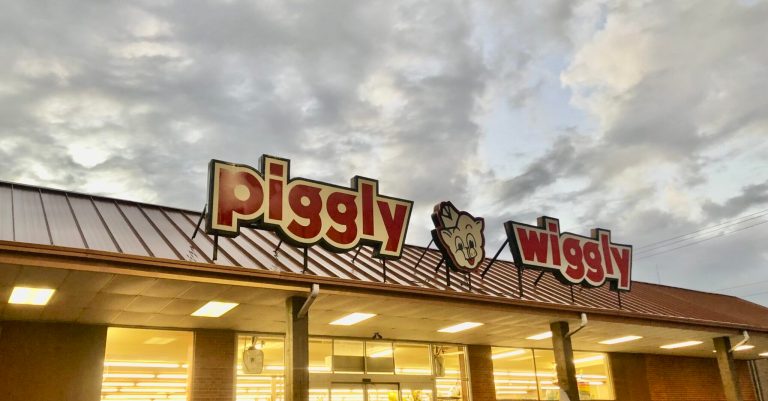Got milk? 5 things to know about human milk banking in Birmingham
Reading time: 6 minutes

Did you know Birmingham is home to the Mother’s Milk Bank of Alabama? Think of it as a food bank for some of our state’s most vulnerable citizens—children who, for one reason or another, aren’t able to get breastmilk straight from their moms.
1. What is the Mother’s Milk Bank of Alabama?

According to their website, the Mother’s Milk Bank of Alabama is “a non-profit organization that collects, processes, and facilitates the distribution of excess mothers’ milk. This provides nourishment to babies in need and sick or premature infants. It also helps moms who can’t supply their own milk because of stress, medications, or other complications. The Mothers’ Milk Bank of Alabama is a member of the Human Milk Banking Association of North America (HMBANA).”
2. Who started the Mother’s Milk Bank of Alabama?

In 2013, Mary Michael Kelley founded the Mothers’ Milk Bank of Alabama. In 2011, her second child passed away when she was just a few days old, in the neonatal intensive care unit (NICU).
During the 12 days her daughter spent in the NICU, Mary Michael pumped every 3-4 hours, hoping that one day her daughter would be able to use the milk. Instead, four days after she passed away, a bereavement nurse called and said “I hate to bring this up. Your milk is taking up the entire freezer and we need to know what to do with it. Normally I’d tell you to donate it to a milk bank, but we don’t have one in the state.”
A year and a half later, she gave birth to her third child, who had the same illness as her second child. During the 9 months he spent in the NICU, Mary Michael had a LOT of conversations. The notion of a milk bank was one of the themes that came up daily—among neonatologists, nurses and parents. It was clear there was a need, and a need for someone to take it on.
Mary Michael was serving as the Executive Director of the Community Food Bank of Central Alabama at the time. She and co-worker Amanda Storey, then Assistant Director of the Food Bank, talked, and decided they should look into it further. So, they got in the car and drove to the Mother’s Milk Bank of North Texas, to see what milk banking entailed.
“That place was incredible,” they thought, and decided “we could totally do this.” The concept, according to Mary Michael, is actually very similar to a food bank.
3. How do people donate milk?

Human milk banks do actually work very much like a food bank:
- Receive donated product
- Process and ensure safety
- Distribute to those in need
The major difference is in the processing and screening: milk banks adhere to different standards for this than food banks do.
The first thing that happens is that a “super-producer” mom donates excess milk to help another family.
She contacts the milk bank and expresses interest in becoming a donor. There is no cost to her to participate. She fills out a brief survey/questionnaire with general questions about health, history, lifestyle. If this is good, she has a blood test, paid for by the milk bank. This primarily tests for infectious diseases. After these lab screenings, she is clear to become a donor.

Then she pumps and freezes her milk until she has enough either to drop off at the Milk Bank, one of their depots or dropoff sites, or to ship. The Mother’s Milk Bank of Alabama provides shipping materials for women in hard to get to or from places.
Depots are located in places where women go regularly. Their first one was in Madison, Alabama, at a yoga studio. They provide a willing volunteer with a freezer and a lock for the milk. Currently, there are depots in the following locations, and they want to expand:
- Mobile Infirmary OBGYN
- Fairhope
- Montgomery
- Anniston
Once the milk is in the Milk Bank and processed, it is pasteurized, tested for safety, cultured for bacteria, and refrozen. Then it is ready to go out to those in need.
4. Who does the Mother’s Milk Bank of Alabama serve?

The main population we serve is immunologically fragile preemies who are in the hospital for long stays.
Human breast milk helps boost the immune system and decrease the disorders and diseases that can happen. Infants leave the hospital faster with higher weights and better post-hospitalization breastfeeding rates.
This is good for the infants and good for the moms, too.
Kristina Habchi, Executive Director, Mother’s Milk Bank of Alabama
Like other non-profit human milk banks across the country, the Mother’s Milk Bank of Alabama provides a tiered system for determining who gets milk. Priorities include:
- Hospital NICUs—babies who don’t have access to their mother’s milk
- Babies or children at home who are prescribed donor milk from their pediatrician—for chronic health conditions, illnesses
- Adoptive families
- Babies who are having difficulty nursing for structural reasons
- Babies whose moms are not able to provide breastmilk—because of death, stroke, cancer treatments or other reasons
5. How you can get involved

There are four ways to get involved with the Mother’s Milk Bank of Alabama:
- Find out all about donating milk.
- Of course you can donate money.
- Help in their pasteurization lab.
- Follow them on Facebook.
Alabama is one of a handful of states that have a nonprofit human milk bank. As the Mother’s Milk Bank of Alabama is still fairly new, supply is much lower than demand. If you or someone you know would like to donate, fill out a form here to get involved.
Mary Michael Kelly is one of 14 featured speakers on the theme of “Balance” at this coming weekend’s TEDxBirmingham event. The event takes place Friday, May 3 from 6:30-8:00PM at the Alys Stevens Center, and resumes 1:30-6:00PM Saturday, May 4. Find out more information and get tickets.



